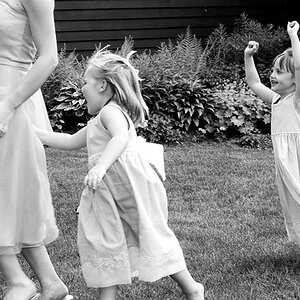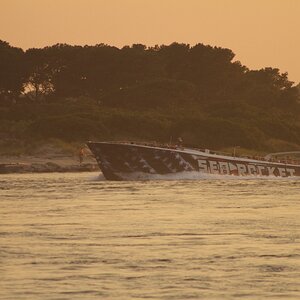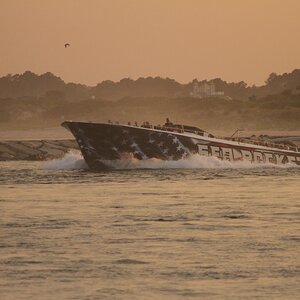JIP
No longer a newbie, moving up!
I am a total noob at photoshop but I know enough to know it can be pretty much the same as working in a darkroom I really think alot of the people who take the "post-processing is a cop-out" are either trying to be elitists or have no experience with darkroom work. I have done alot of B+W printing and really enjoyed the whole process, from adding contrast with filters to different exposures and crops to dodging and burning and everything else that goes into making a great print in a darkroom I have personally just come to the realization that using post-processing with digital is pretty much the same thing and as I said in my last post it can be done badly and when it is it looks really bad but it can be done well and when it is all it does is bring out the greatness in an already great photograph.


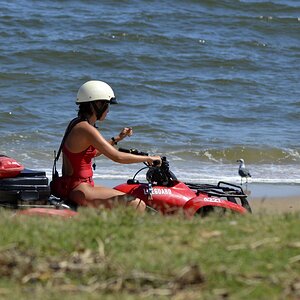
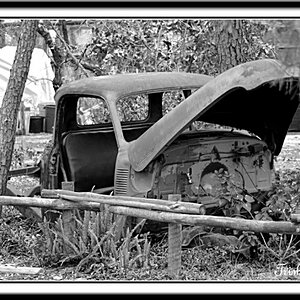
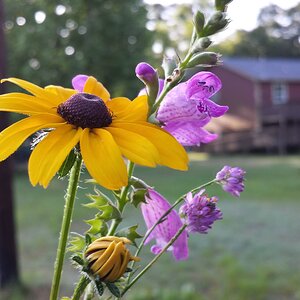

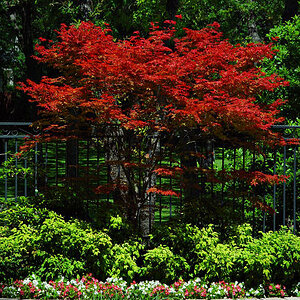

![[No title]](/data/xfmg/thumbnail/36/36133-8b29212f67c25fcf353a0c2f376b1501.jpg?1619737385)
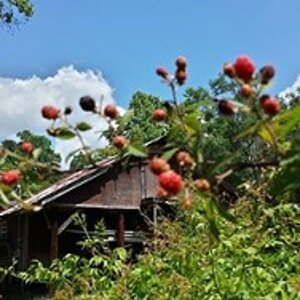
![[No title]](/data/xfmg/thumbnail/32/32929-22e23acc63d6ecb25e5ee941be87121f.jpg?1619735758)
